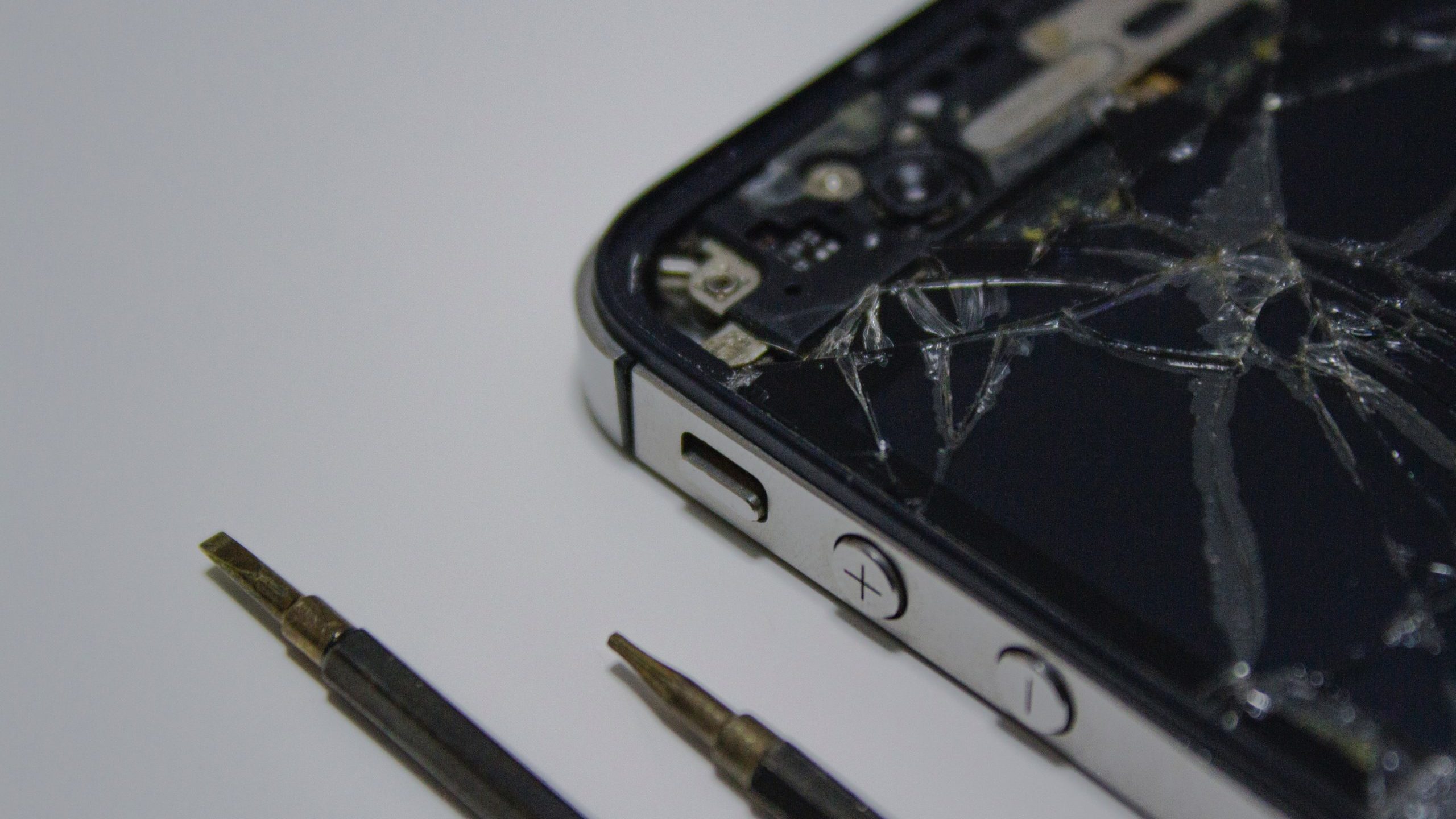It’s summer of 2014. To reward Billy for an excellent academic year, his parents got him a present. With palpitating heart and shaking tiny hands, Billy started to unwrap the present with eagerness. Every second, every tape removed got him more excited. When he entirely took off the wrapping paper, he could not believe his eyes: It’s a Samsung Galaxy S5, unveiled just a couple of months ago in Barcelona! With exorbitant eyes, he vigorously grabbed the phone from the box and started jumping in excitement. In his overreaction, the glossy smartphone slipped out of Billy’s hand and landed on the floor. His dad picked it up to unveil a crack running across the smartphone’s back. “No big deal, he said, I’ll buy a new back cover for 2 dollars tomorrow”.
Today, the story would have played out differently and Billy would certainly be reprimanded since a replacing a glass back can cost as much as $599. Enough to buy a brand-new phone! Despite all the promises of commitment to sustainability by smartphone manufacturers, the industry is heading in the opposite direction. Compare Billy’s Samsung Galaxy S5 to the latest Galaxy S21. On one hand, the Galaxy S5 has user-replaceable battery and back cover, expandable storage option, and a 3.5mm audio jack port. On the other, the Galaxy S21 lacks all these options that could potentially extend the product’s life, hence reducing electronic waste. Instead, many manufacturers use proprietary screw heads, unnecessarily thicken the adhesives to discourage consumer repairs.
Many barriers are discouraging consumers to repair their phones. Therefore, many are inclined to toss their existing phone and purchase a new one for the tiniest problems (degraded battery, cracked screen, etc.) This put a huge strain on the environment as millions buy a new smartphone every one to two years. Planned obsolescence is another major issue which a whole conversation in itself.
Thankfully, many consumers are fighting back with movements like the Right To Repair movement. Other companies such as Fairphone are bringing more repairable smartphone to market. Google’s project Ara attempted to build a modular phone which unfortunately did not take off. The plague of non-repairable products has equally affected the computer market. Framework is a company that offers a modular laptop where components can easily be swapped out and upgraded.
At the end of the day, consumers still have power. We can vote with our bills on the trends we want to perpetuate or terminate.
Written by Kelly Jean, Class of 2022
Photo by Anton Maksimov juvnsky on Unsplash


nice looking sites and great work. Pretty nice information. it has a better understanding. thanks for spending time on it.